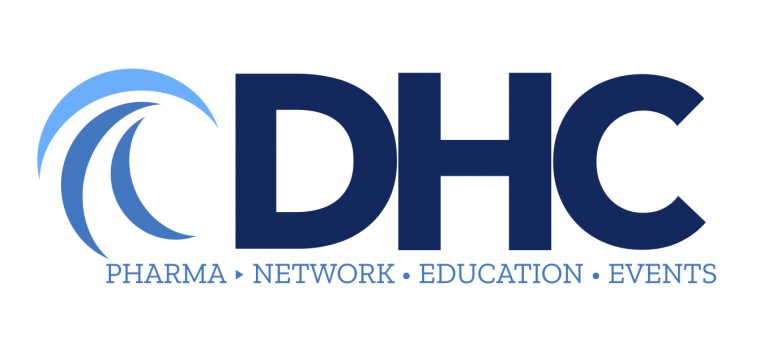Building a Culture of Transparency and Trust
At the recent DHC East Coast Summit, RJ Lewis of eHealthcare Solutions, took a group of expert panelists through a discussion on the future of transparency and trust in advertising. We are happy to provide that exchange here. And stay tuned for continued analysis about this topic through DHC interviews and events.
PARTICIPANTS: RJ Lewis — eHealthcare Solutions, Dan Haller — Heartbeat Ideas, Nancy Phelan — Outcome Health, Bill Duggan — ANA
Analysis and Application of the Media Buying Transparency Panel, featured at the November 2017 DHC Summit
written by DHC Staff
The purpose of this panel discussion was to lay a foundation on the topic of transparency within the agency/client relationship and what it should look like in a go-forward model. To do so, the assembled panel included a representative from the ANA (Association of National Advertisers), an agency executive, and a former pharma marketer now at a health care media company, with moderation by eHealthcare Solution’s RJ Lewis. The entire panel is available both by video and as a transcription (below), and we are also providing key takeaways that can be quickly applied to help you ensure you are properly addressing the question of transparency in your own work.
Our Panelists:

Before we provide the takeaways, we want to make sure we are using a shared definition of “transparency”… Bill Duggan explained the ANA’s working definition as “the full disclosure of relevant information required for informed and intelligent decision-making. It is distinguished by the lack of hidden agendas and conditions. A not transparent business practice is one in which relevant information is not disclosed or is intentionally obscured from one party to a transaction”. Needless to say, we can all agree that we want to be doing business as, and with, transparent partners. (If you want to better understand the larger framework of how this topic has come to the forefront, at the bottom of this summary, we are providing links to several reports from the ANA. In 2015, the former CEO of Mediacom, Jon Mandel, shook the advertising industry with the statement that “Rebates are happening, kickbacks are happening, and this activity is pervasive in the industry.” This sent the ANA on lengthy and in-depth investigation, resulting in the conclusion that there’s a fundamental disconnect in the advertising industry about the basic nature of the advertising agency relationship and that non-disclosed rebates are not returned to advertisers.)
This panel’s discussion focused only on the pharma digital marketing world, to better understand and apply the general findings and concerns of the ANA related to transparency onto our industry. Early in the panel, RJ Lewis summarized the position of the ANA and our panelists – This issue does NOT affect every agency – it’s not an indictment of the entire industry. Which is why the panelists focused their remarks on offering guidance on how you can be informed, ask the right questions, and set the right guidelines to ensure a mutually beneficial and transparent relationship with your partners. This was focused around 4 areas:
- CONTRACTS: Nancy Phelan explained that with Outcome Health as a media company (and in her experience as a former pharma marketer) “We work with our agency partners, and the contract piece is important. From a privacy perspective, we have language and we have protections where we can share more information and other cases we don’t. We are redefining the way that we contract.
to be paid on pass through, where that dollar goes in terms of what month of service it was spent, which vendor it was paid out to.” He summarized well what was a repeating theme of the discussion “We’re successful when our clients are successful, and it becomes very apparent if the media is not doing its job. If you’re not driving your clients’ business, you’re not going to be their agency for very long. In the world of media, that is where the rubber meets the road. We have a certain number of dollars to spend. Every single one of them needs to be spent in the most impactful way possible or else the media plan doesn’t succeed.” Dan pointed out further that in this way agencies should feel incentivized to be transparent and spend money as appropriately as possible. Nancy agreed on the value of auditing and pulled from her pharma marketing days “The more data you have, as long as it’s organized and stored in an appropriate scheme so you can go get it, it is a good thing.” And Bill summed it up with a short and sweet takeaway: “you need to be able to follow the money!”.
The DHC thanks RJ, Nancy, Dan, and Bill for lending their time and expertise to this discussion, and look forward to providing DHC members with additional resources on the topic of transparency at both live DHC Summits and through virtual content. If you’d like to follow up with us on this topic, please reach out to Executive Director, Christine Franklin.
DHC Summit Transparency Panel Official Transcription
ANA Reports:

